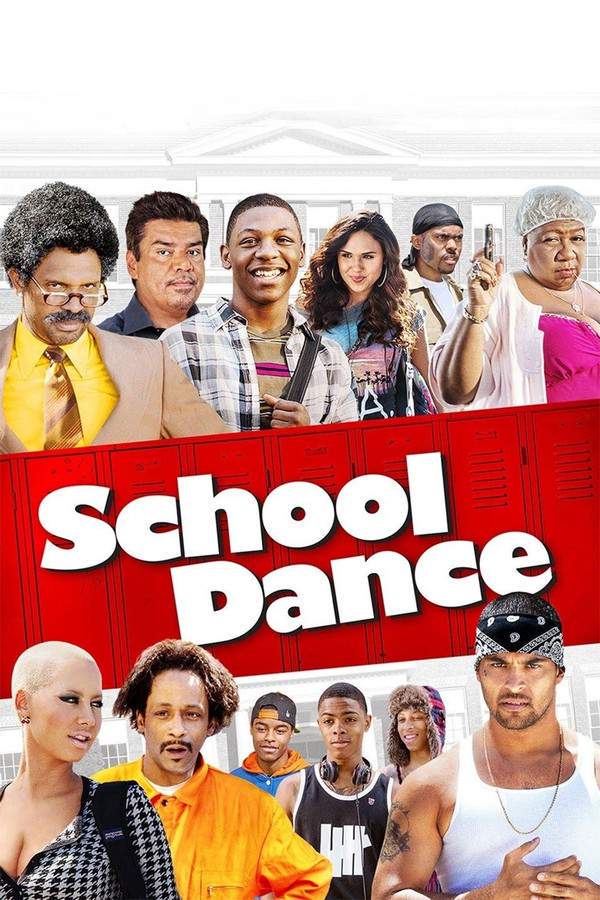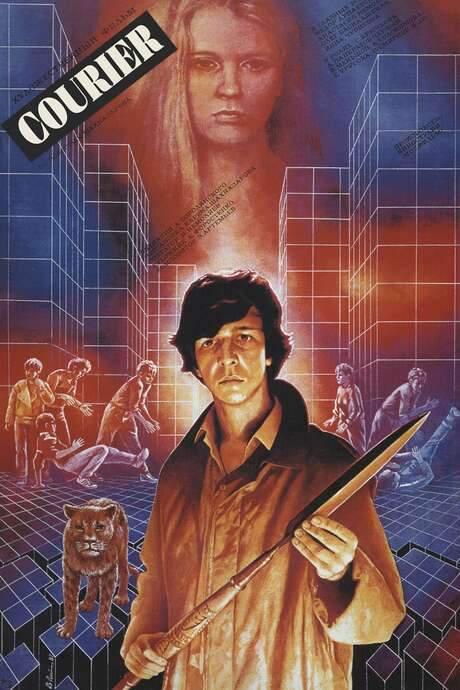
The Jester
Year: 1988
Runtime: 99 mins
Language: Russian
Director: Andrey Eshpay
Valya Uspensky, a brilliant but spiteful teen, uses his intellectual superiority to exact revenge on classmates and teachers. His scheming attracts his mathematics teacher, Igor Aleksandrovich, who tries to guide him, but Valya’s narcissism collapses when his sweet classmate Ira sets a simple trap that delivers defeat, teaching him lasting lesson.
Warning: spoilers below!
Haven’t seen The Jester yet? This summary contains major spoilers. Bookmark the page, watch the movie, and come back for the full breakdown. If you're ready, scroll on and relive the story!
The Jester (1988) – Full Plot Summary & Ending Explained
Read the complete plot breakdown of The Jester (1988), including all key story events, major twists, and the ending explained in detail. Discover what really happened—and what it all means.
The film unfolds through four interconnected novellas—“Jesters,” “The Jester’s Love,” “The Jester’s Illness,” and “The Last Jester”—all stitched together by a single narrative thread and a set of recurring central figures. This structure invites viewers to trace how a shared world and shared concerns ripple across different stories, gradually revealing how the same impulses motive each dotted line of action.
Valentin Uspensky is introduced as a bright, highly capable high school student who sees himself as a natural-born psychologist. He wields a personal toolkit of psychological techniques he calls “shuteny” (with his method named “shute”), using them to experiment with people around him—teachers, classmates, and even strangers. He believes his interventions are virtuous, a preemptive prick designed to prevent life from leaving deeper, lasting scars. As he explains this rationale, the line between curiosity and control blurs, and his approach begins to feel like a vocation rather than a hobby. The math teacher, Igor Alexandrovich, emerges as the only person who seems to understand Valentin’s worldview, which centers on the belief that “hypocrisy is a tool to use external flaws to better the world.” This conviction draws the attention of Irina Bogdanova, a perceptive classmate who becomes obsessed with Valentin’s experiments and challenges him from outside his own frame of reference.
Irina’s provocations take several forms: she asks Valentin to prick random strangers, tests the boundaries of his method, and then suggests intimate, boundary-pushing scenarios. She even drags him into social situations with her friends, retreating with one of them in a deliberately provocative display meant to unsettle him. Valentin, caught off guard by this countergame, reacts with reckless intensity—fostering tension and triggering a clash that spills into the schoolyard. The aftermath seeps into his home life, where he rejects the values of his parents, a household framed by a professor of Japanese studies and his devoted wife. This personal conflict intensifies the sense that Valentin’s journey is not merely about manipulation for discovery but about confronting what he owes to the people around him and to the moral framework he wants to carve for himself.
Driven by an obsession with diagnosing and correcting flaws, Valentin pushes his teachers—indeed, the entire school—toward emotional collapse in his quest to trap his math instructor in a psychological snare. Yet the math teacher anticipates Valentin’s strategy, turning the tables and leaving Valentin emotionally and intellectually exposed. The result is a narrative arc where the student’s own tactics backfire, revealing a mind that is both sharp and dangerously unmoored, ending the tale with Valentin navigating a difficult landscape where his intellectual prowess is matched by a widening sense of psychological vulnerability.
Across these interwoven stories, the film consistently probes themes of power, control, and the ethical boundaries of psychological experimentation. It examines how a young genius’s confident belief in his own method can collide with the messiness of real relationships, the unpredictability of human emotion, and the unpredictable consequences of testing people’s weaknesses. The result is a morally intricate tapestry that remains faithful to its core premise: a quartet of novellas bound by a single thread, where the same questions about intention, consequence, and human frailty echo from one story to the next.
Last Updated: October 09, 2025 at 14:24
Unlock the Full Story of The Jester
Don't stop at just watching — explore The Jester in full detail. From the complete plot summary and scene-by-scene timeline to character breakdowns, thematic analysis, and a deep dive into the ending — every page helps you truly understand what The Jester is all about. Plus, discover what's next after the movie.
The Jester Timeline
Track the full timeline of The Jester with every major event arranged chronologically. Perfect for decoding non-linear storytelling, flashbacks, or parallel narratives with a clear scene-by-scene breakdown.

Similar Movies to The Jester
Discover movies like The Jester that share similar genres, themes, and storytelling elements. Whether you’re drawn to the atmosphere, character arcs, or plot structure, these curated recommendations will help you explore more films you’ll love.
Explore More About Movie The Jester
The Jester (1988) Scene-by-Scene Movie Timeline
The Jester (1988) Movie Characters, Themes & Settings
The Jester (1988) Spoiler-Free Summary & Key Flow
Movies Like The Jester – Similar Titles You’ll Enjoy
School Dance (2014) Spoiler-Packed Plot Recap
All Styles (2018) Spoiler-Packed Plot Recap
Jit (1990) Movie Recap & Themes
Jump In! (2007) Film Overview & Timeline
Adventures of Petrov and Vasechkin, Both Usual and Unbelieveable (1983) Full Summary & Key Details
Winter Evening in Gagry (1985) Ending Explained & Film Insights
Courier (1986) Full Summary & Key Details
The Jester and the Queen (1988) Film Overview & Timeline
Dear Yelena Sergeyevna (1988) Full Movie Breakdown
King & Jester (1000) Complete Plot Breakdown
The Unfinished Dance (1947) Spoiler-Packed Plot Recap
Dancing Ghosts (1992) Full Summary & Key Details
Practical Joke (1977) Film Overview & Timeline
The Jester’s Tale (1964) Movie Recap & Themes
High School Heist (2025) Ending Explained & Film Insights

















